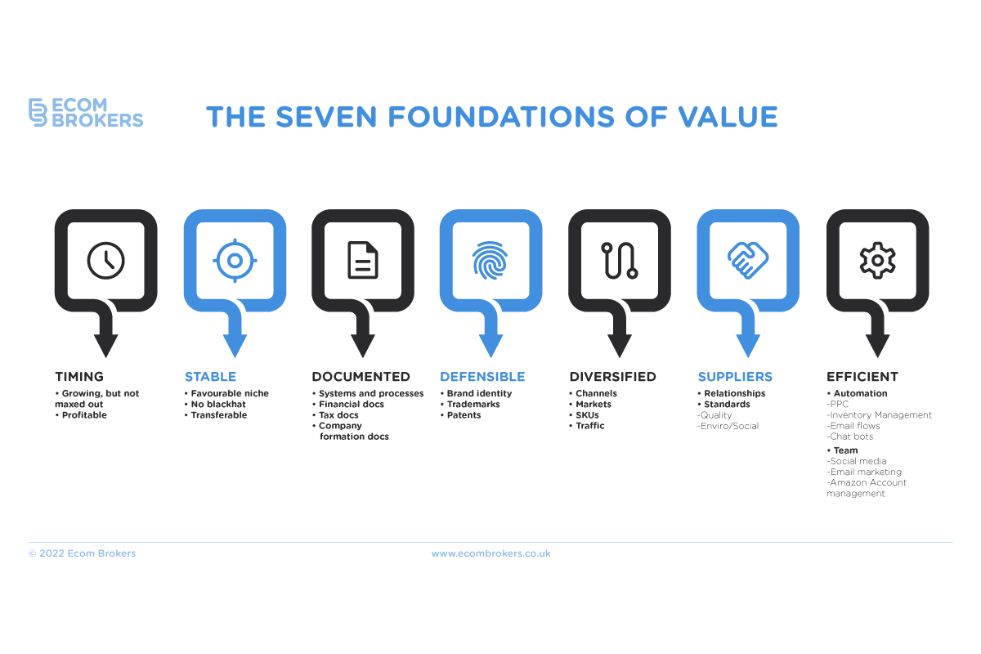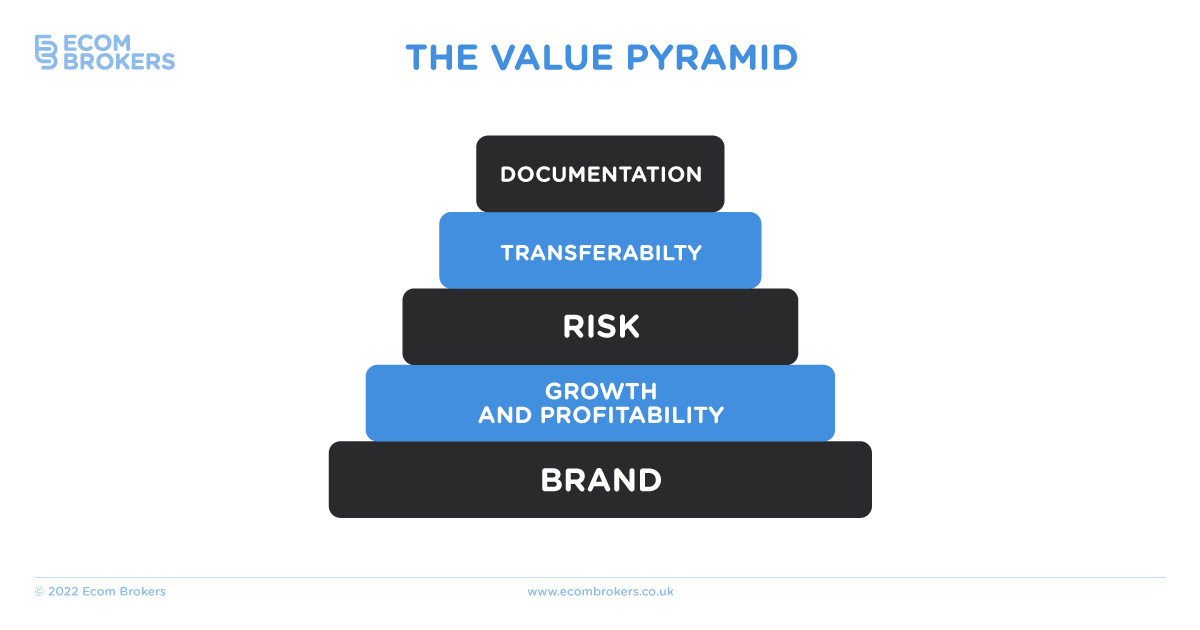
7 Ways To Improve Your Email Marketing Conversion Rate
In this article, we’re going to take a look at 7 tried and tested (and trusted) methods that can improve your email marketing rate.
Email is so old. And yet it continues to be a proven and effective way of clinching more sales and growing your business.
The thing with email, though, is that it’s also really tricky to get right. Not only do you need to convince people to open your emails in the first place, you then need to persuade them to convert.
Segment Your List
Before you do anything else, it’s important that you segment your email list. This allows you to target different sets of customers with offers that are tailored to them. It’s basically targeted marketing that ensures customers who aren’t interested in an offer A won’t receive an email related to it, but they will receive an email related to an offer they’re interested in.
Learn more about segmenting your email list here.
Optimise Your Subject Line
Email conversions all start with a good subject line.
Why?
Because it’s the subject line that makes or breaks your campaign in terms of open rates. If you can optimise your subject line, you’ve already got more eyeballs on your email. Then, you just need to do the right things to keep them reading.
What sort of subject lines work best?
MailChimp ran a study and discovered that short and snappy subject lines work best. However, a subject line still needs something more. Here are some tips:
- Be humorous – Context matters, of course (for example, a ‘hilarious’ subject line may not go down as well with a CEO as it might with a customer)
- Add numbers – Example: “94% of customers who tried this made massive gains”
- Create FOMO – No one wants to miss out, so why not create a bit of FOMO with your subject line?
- Arouse curiosity – Example: “Would this deal help you today?” It automatically gets people asking, “What deal?!”
- Be personal – You can add someone’s name to the subject line, but you should also try to go further. For example, you could add their location or focus on their interests (email list segmentation really helps with this sort of thing)
Optimise Your Preview Text, Too
Preview text matters almost as much as your subject line because it literally appears right next to it in the recipient’s inbox. Like this:
What does preview text do?
It tells people a little bit more about what they can expect in the email. Thus, you can use it to give them the extra nudge they may need to click your email.
Bear in mind that you don’t get many characters (usually no more than 140), so your preview needs to be both enticing and succinct.
Tell a Story
Storytelling is a very in-vogue marketing technique at the moment.
What is it and why does it work?
Storytelling in emails is simply when you tell a short story that illustrates a point. It must also:
- Be engaging
- Be relevant to your audience and your offer
- Have a point
- Be humorous (if possible)
- Start with a hook (for example, “I nearly died yesterday …”)
Why do stories work?
Stories work because they’re the easiest way to create an emotional connection with your audience. They draw them in, sustain their attention, and they can keep them reading until the end.
Moreover, you can tell stories that help your audience relate to you and your product, whilst at the same time painting vivid pictures in their heads that get them thinking, “wow, oh yeah, I can see how this offer would really benefit me.”
Not good at telling/writing stories yourself? Hire a talented copywriter to do it for you.
Be Personal
As well as telling a story, make sure that you retain a personal touch, too.
Why?
It’s just better for engagement when you speak directly to your audience as though they’re your friend, or at least in the same room as you. Ask them questions, invite responses to your emails, and create a bond by beginning emails with the line, “Hey! Hope you’re having a great day?!|”
Make Sure Your Emails Are Mobile Friendly
It can be really easy to forget that 53% of emails are opened on a mobile device.
It can also be really easy to forget to optimise our emails for mobile devices.
What does this mean?
It just means making things a bit more concise and bigger so that the mobile user experience is good. For example, keep your body copy short, make your buttons nice and bright and big, keep your paragraphs separated by a decent amount of white space, and keep your links apart (links that are too close together can cause the mobile user to click the wrong link by mistake).
Seal The Deal With An Irresistible CTA
Your CTA (call-to-action) is essentially your moneymaker that comes at the end of your email (you can add it somewhere in the middle, too, but it must also come at the end). A good CTA essentially tells people what to do next (such as ‘grab your copy here’).
The thing is, some CTA’s work REALLY well, and others are so average that the reader misses them entirely, or plainly ignores them.
What makes a conversion-busting CTA? Here are some tips:
- Make your CTA a button to ensure it stands out from the rest of your text
- Keep it simple – For example, “Sign up,” “Buy now,” “Download, “Shop Now,” are all good
- Create ownership – For example, use the word “your”, like this: “Grab your discount now”
- Use numbers – For example, “Get your 50% off today”
- Use action words – For example, “Get started now,” and “Try this deal today”
Conclusion
If you do the right things, you can create a winning email marketing campaign that converts.
Use the tips in this article to craft emails that engage, educate and inform your readers … whilst also persuading them to do what you want them to do.
Ready to sell your business for the best possible price? Click below to get started. No obligation, no hard sell. Just solid, professional advice.









